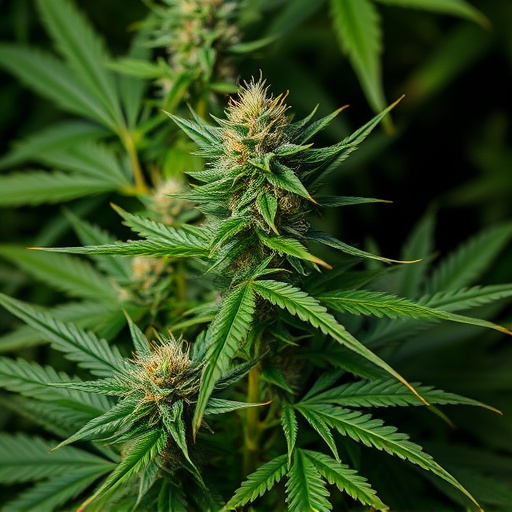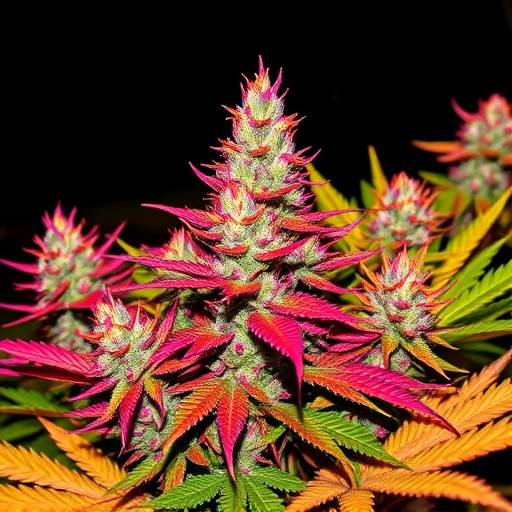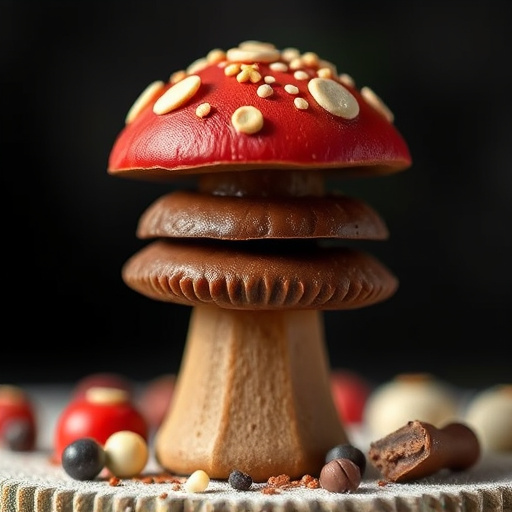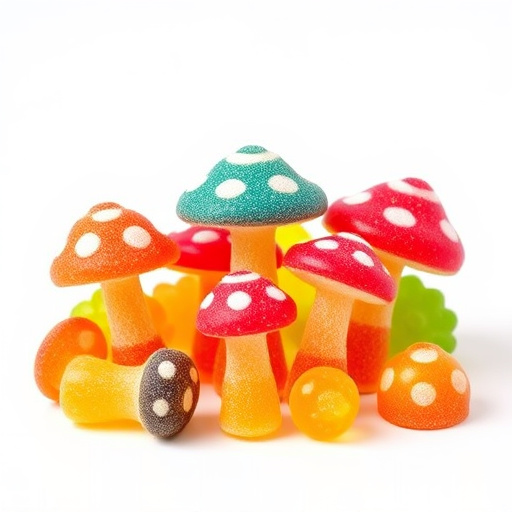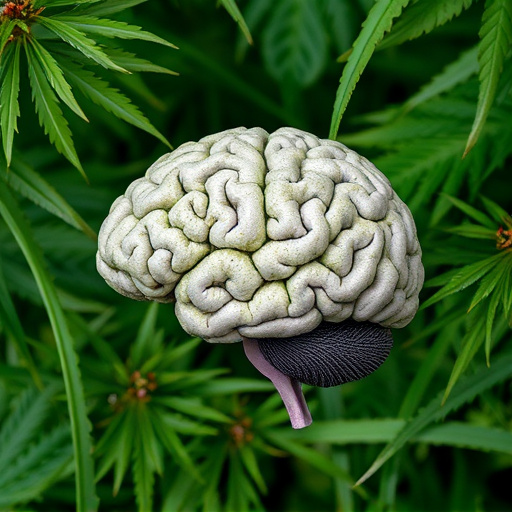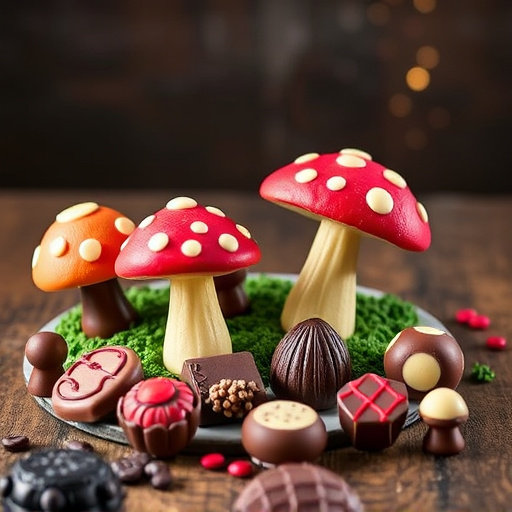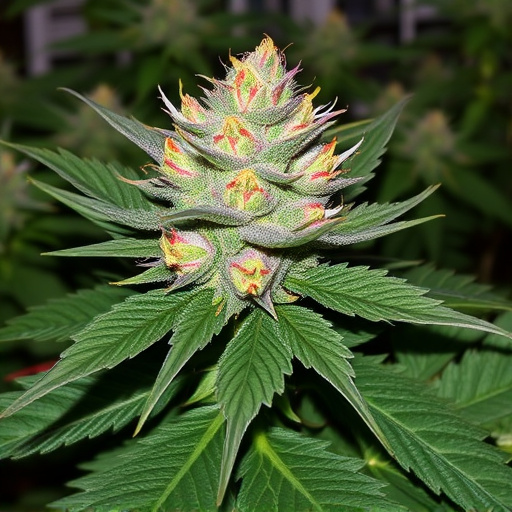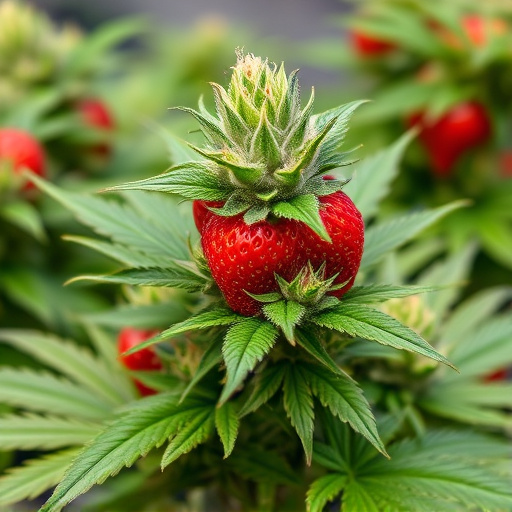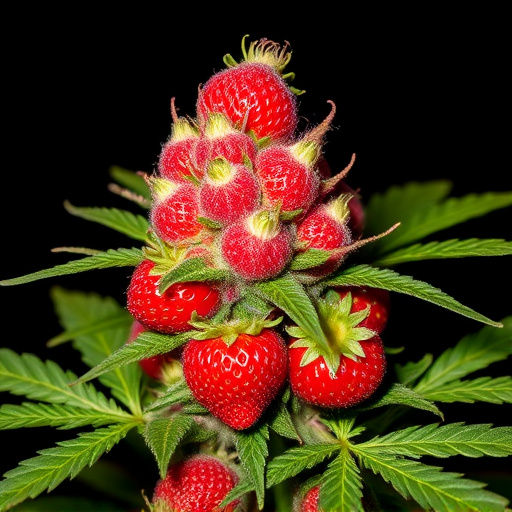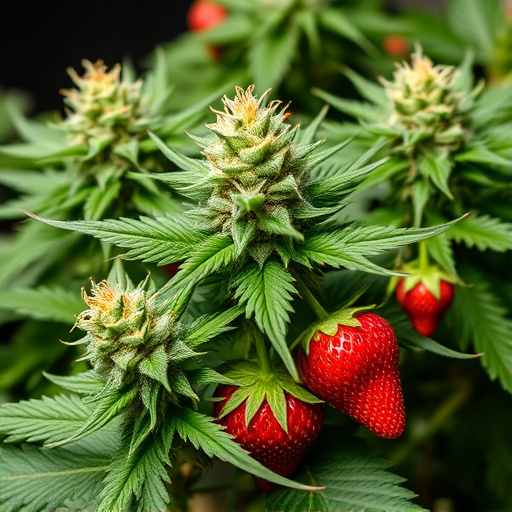The science behind strawberry cannabis strains reveals a complex interplay of cannabinoids (THC, CBD), terpenes, and environmental factors that lead to their distinctive red hue. Growers can manipulate these chemical interactions to cultivate desired pigmentations catering to consumer preferences. The vibrant colors in these strains signal potential health benefits from anthocyanins, powerful antioxidants with anti-inflammatory and neuroprotective properties. Environmental cues like light intensity, temperature, and nutrient availability trigger pigment production, making strawberry cannabis strains popular for both their aesthetic appeal and therapeutic advantages.
Cannabis flowers’ vibrant hues, ranging from vivid green to rich purple, have captivated growers and enthusiasts alike. But why do these colors shift? This article explores the fascinating science behind cannabis pigmentation, delving into its chemical composition and how environmental factors play a role. We highlight the unique benefits of strawberry cannabis strains, known for their striking red and pink tones, offering a fresh perspective on this diverse plant. Uncover the secrets behind these color changes and their potential advantages.
- The Science Behind Cannabis Pigmentation: Understanding the Chemical Composition
- Strawberry Cannabis Strains: A Unique Color Variation and its Benefits
- Environmental Factors and Their Impact on Flower Color Change
The Science Behind Cannabis Pigmentation: Understanding the Chemical Composition
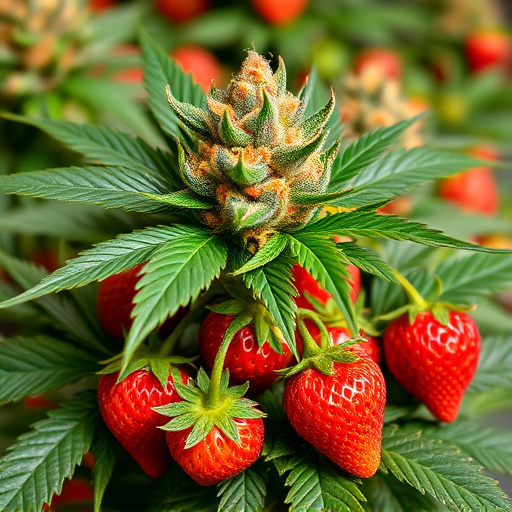
The science behind cannabis pigmentation is a fascinating aspect of this complex plant. Cannabis flowers change color as they mature, and this transformation isn’t just visual; it’s rooted in the plant’s chemical composition. During its growth cycle, cannabis produces various compounds, including cannabinoids and terpenes, which play a crucial role in determining final pigment. For instance, strawberry cannabis strains owe their characteristic red hue to high levels of cannabinoids like THC and CBD, combined with specific terpene profiles that contribute to the unique color shift.
As flowers age, the green chlorophyll breaks down, revealing other pigments hidden within the cannabis cells. This process is influenced by environmental factors such as light exposure, temperature, and humidity, which can impact the final color intensity and distribution. Understanding these chemical interactions offers growers insights into managing cannabis pigmentation, enabling them to cultivate strains with specific colors, like vibrant strawberry shades, that are highly sought after by consumers.
Strawberry Cannabis Strains: A Unique Color Variation and its Benefits
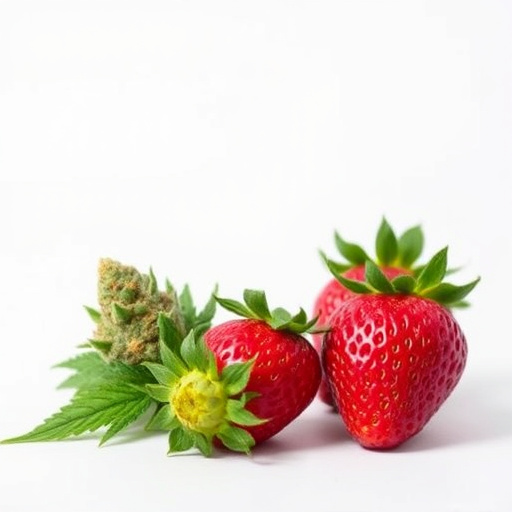
Some cannabis enthusiasts are drawn to the unique beauty of Strawberry cannabis strains, known for their distinctive hue. These varieties offer a captivating visual experience with flowers that range from bright red to deep strawberry brown. This color variation is not merely aesthetic; it’s a sign of potential benefits.
The vibrant color in Strawberry strains is often attributed to an increased presence of anthocyanins, powerful antioxidants known for their anti-inflammatory and neuroprotective properties. Research suggests that these compounds contribute to the strain’s therapeutic effects, including reduced anxiety, improved mood, and enhanced cognitive function. Additionally, the visual appeal of Strawberry cannabis has contributed to its growing popularity among consumers seeking both an enjoyable experience and potential health advantages.
Environmental Factors and Their Impact on Flower Color Change
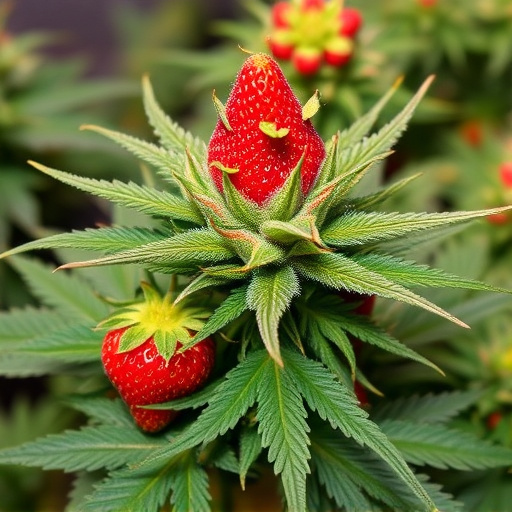
The transformation of cannabis flowers from verdant green to vibrant hues like purple, pink, or even red is not merely cosmetic; it’s a response to environmental cues, playing a crucial role in the plant’s development and resilience. These color changes are largely influenced by external factors such as light intensity, temperature, and nutrient availability. For instance, higher levels of blue light can trigger the production of anthocyanins, responsible for blues and purples, while red light stimulates the creation of other pigments, leading to reddish tints.
This is particularly notable in strawberry cannabis strains, known for their distinctive hue shifts during flowering. Environmental conditions can dramatically affect these strains’ color palette; cooler temperatures and longer days tend to intensify reds and purples, creating a captivating contrast against the green leaves. Conversely, warmer climates may result in more subtle changes, emphasizing the strain’s natural pinkish-red undertones. Understanding these factors helps cultivators optimize conditions to achieve the desired colors and flavors in their strawberry cannabis strains.
Cannabis flower color changes are a fascinating result of intricate chemical interactions and environmental influences. From the vibrant hues of strawberry cannabis strains, which offer unique benefits, to the scientific understanding of pigmentation and its impact on composition, these variations enrich our experience with this versatile plant. Environmental factors play a significant role in the final colors we see, making each cannabis flower a testament to nature’s artistry.
